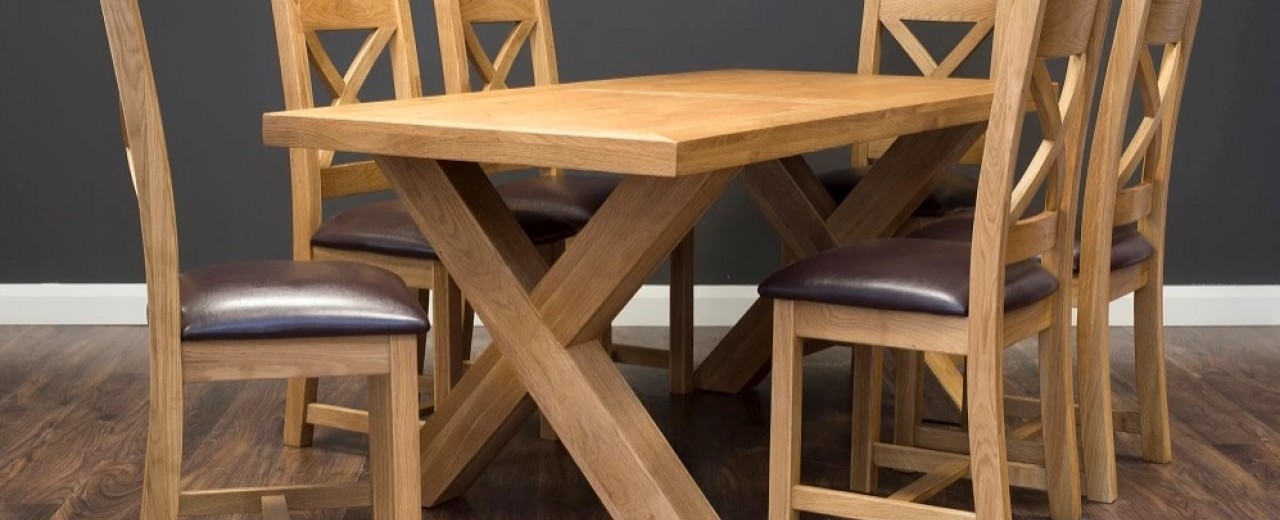What to look for in wooden furniture

Wooden furniture has been a staple in homes for thousands of years, where both everyday people and master craftsmen would construct long-lasting furniture from the quality wood in the surrounding areas. Wood brings us back to nature giving a room a down to earth and organic atmosphere while being incredibly versatile coming in a variety of shapes, styles, and colours. Due to this, it was important that everyone know how to identify quality furniture and the wood that makes it. However, now in days, not everyone is crafting their own furniture sets but that doesn’t mean that it still isn’t important to develop these skills. Luckily for us, the process can be made simple with this handy guide so that you can have the eyes of a master craftsman or at least pretend to.

Wood Types
The first step will be to recognize the different types of wood and if it’s of high quality. Something that you should look for is Hardwood lumber which comes from trees that grow slowly. Wood that grows slowly is generally stronger because of the higher density than softwoods, which gives them enhanced durability and strength. An example of an affordable Hardwood is Beech a durable wood that is light in colour with fine grain and few knots. A key factor of Beech is its smoothed texture and that it is shock-resistant which makes it very suitable for furniture. But though Hardwoods are often portrayed as stronger there are many benefits that softwoods can be used for such as they are known to be more flexible and lighter.
Signs of Quality
The first sign of identifying Quality is to look at the finish on the piece of furniture, you want the finish to be evenly spread making a uniform colour across the whole piece. If the finish is scratched or worn easily then it won’t be long-lasting, most high-quality furniture will be coated with a protective membrane. The next step will be to identify the weight, the heavier the wood the better the quality, Oak would be heavier than wood like Pine. Signs of a good quality piece is that they are stable, lean on it in several places, and feel if the piece is balanced. If it wobbles then it may be of poor quality or craftsmanship. It is traditionally believed that furniture using joints like the mortise-and-tenon or a dovetail are often more stable than other types of methods. So that if you can identify these joints and they are perfectly attached together, you likely have a great piece of furniture. However, that doesn’t mean that you should right off other joining methods as the purpose is to these joints is to bear the weight of use for a long time.
Finally, it is important to know the purpose of the furniture before you consider some of these aspects. An example of this would be will it hold a lot of weight, will it need to be moving, or does it need to be strong or flexible. There are an endless number of questions that can be asked and it’s important to do so before you what is right for you. As Abraham Lincoln once said, “Give me six hours to chop down a tree and I will spend the first four sharpening the axe.”.
0 comment(s)